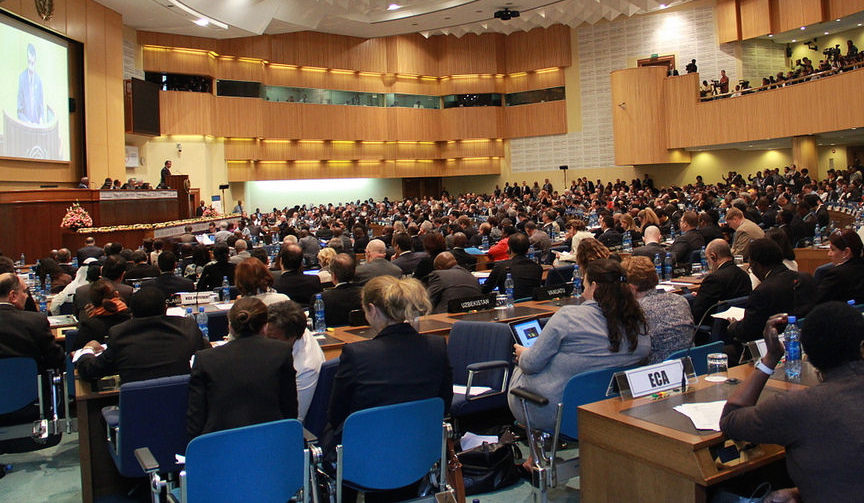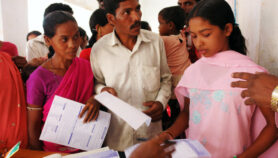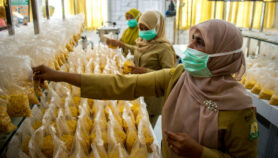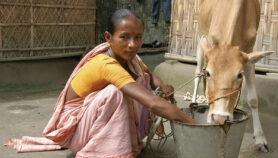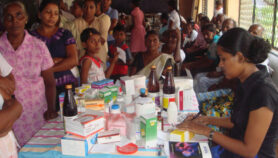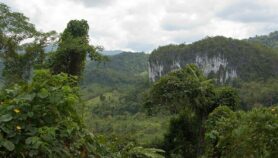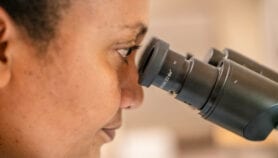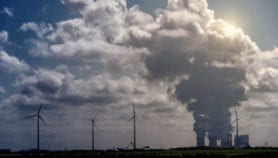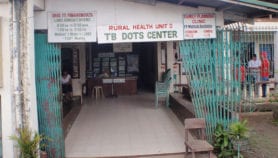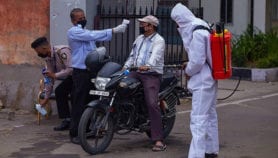By: Fatima Arkin
Send to a friend
The details you provide on this page will not be used to send unsolicited email, and will not be sold to a 3rd party. See privacy policy.
[MANILA] Greater emphasis on technology transfer and innovation is integral to overcoming the challenges that face Small Island Developing States (SIDS) such as vulnerability to natural disasters and slow economic growth.
This was the consensus during the 3rd International Conference on Financing for Development held in Addis Ababa, Ethiopia (13-16 July) where delegates came up with the Addis Ababa Action Agenda which calls for a need to harness technology and identify best approaches to facilitate it in SIDS. The United Nations list some 52 states as SIDS mostly in the Caribbean and in the Pacific.
“Aspects around technology have been included in other agreements, but I think this is the first time that the language has been associated very much with the financing for development conversation,” says Craig Hawke, the principal SIDS advisor to the UN Development Programme (UNDP) which published the discussion paper released at the conference on financing for development and the ways forward for SIDS.
“[The new agreement] is much more powerful and much more front and centre than it was with the previous Monterrey Consensus and the Doha Agreement,” adds Hawke, referring to past UNDP financing conferences held in 2002 in Mexico and in 2008 in Qatar, respectively.
Hawke urges all governments to facilitate and incentivise the private sector and philanthropic organisations to invest in technologies around climate change and adaptation.
“We need to be providing an environment where we foster those technologies and those kinds of innovations and get (them) down to the SIDS where they can be implemented, piloted and trialled,” he says. “Those that are successful can be rolled out.”
The outcome agreement was based in part on the discussion paper, which calls for a new perspective on financial requirements for SIDS, including how innovative financing can best be used.
Some proposed approaches include the expanded use of debt-for-climate change swaps and changing the eligibility criteria for access to concessional loans, which currently render some SIDS ineligible due to their status as middle-income countries although they experience high environmental and economic vulnerabilities.
A “multi-dimensional” approach to financial needs would be ideal, the discussion paper recommends. This should take into account the vulnerabilities of SIDS to shocks and their ability to mobilise domestic resources and social indicators.
But aside from technology transfer and addressing financial needs, the SIDS have to emphasise responsible lending and borrowing and curb tax evasion and corruption, Eric LeCompte, executive director of the debt relief organisation Jubilee USA Network and one of the attendees at the conference in Ethiopia, tells SciDev.Net.
Doing this can possibly raise over a trillion dollars a year for the developing world, he notes.
“All these things are also important to meet the climate crisis that many of these states are dealing with,” LeCompte adds.
>Link to discussion paper of the UNDP
This article has been produced by SciDev.Net's South-East Asia & Pacific desk.


